Black Locust Robinia pseudo-acacia
Family: Fabaceae (Bean/Legume)
Branching: Alternate
One of the few thorny trees, Black Locust often forms small
groves. In the winter, its abundant seed pods can give it away
easily. Its thorns usually occur in pairs surrounding a leaf
scar. This is similar with Toothache-tree (though Toothache-tree
has very noticeable red fuzzy buds). Often Black Locust tree will
not have many thorns, at least that are visible. The bark of a
mature tree is yellowish and deeply furrowed.
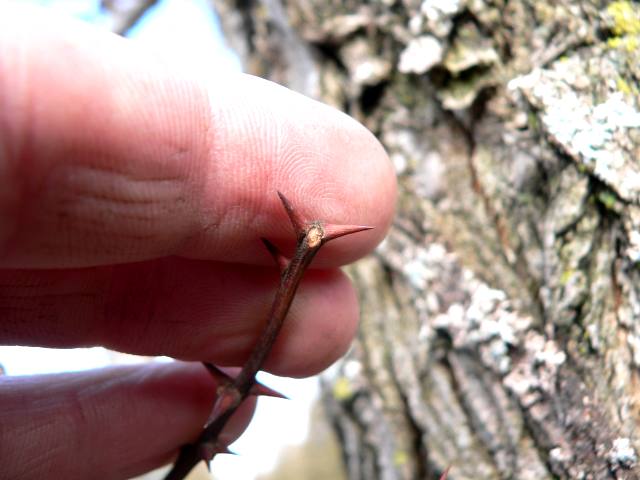
Black Locust winter twig, showing the paired thorns and discrete buds
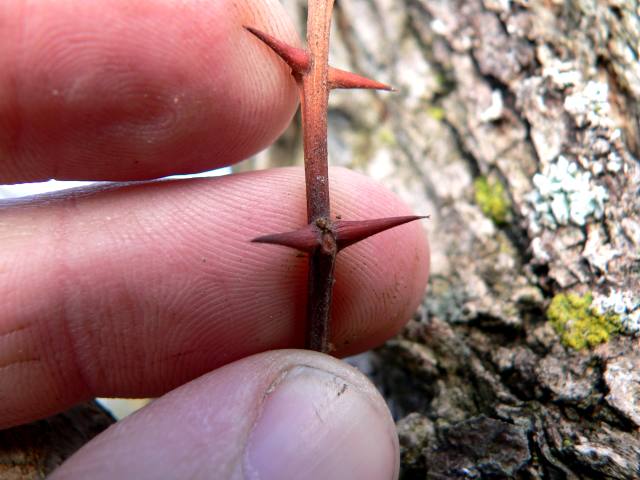
Another view of the thorns and buds on a young twig
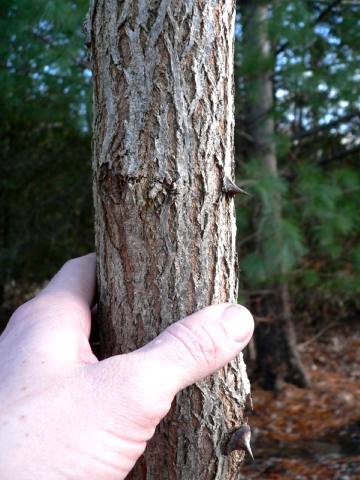
Young bark beginning to split. Notice a thorn still sticking out of the trunk.
These are usually lost as the tree matures.
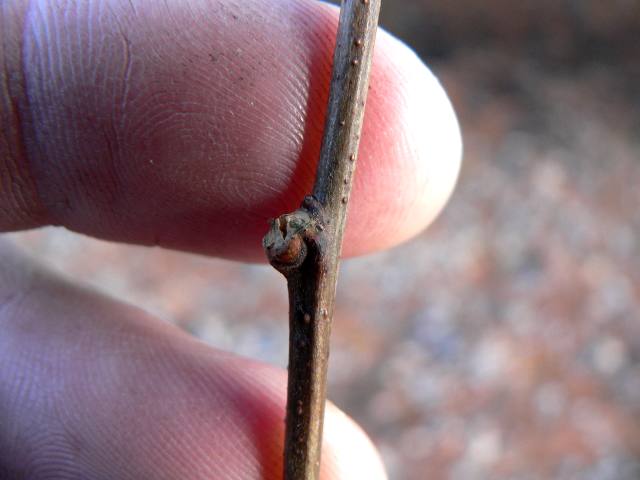
A winter twig without thorns
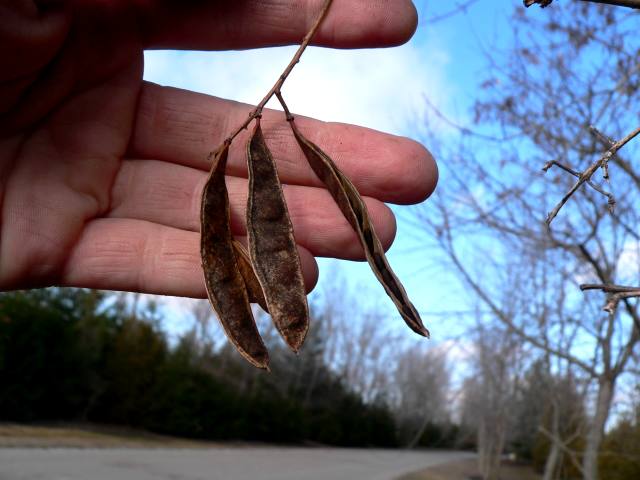
Black Locust seed pods, hanging in clusters, are often visible throughout the winter
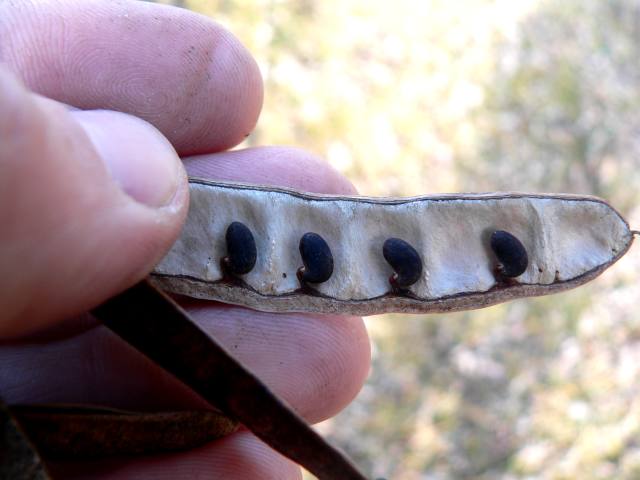
Individual seeds are connected to the pod (the ripe seeds of Redbud are loose in the pod)
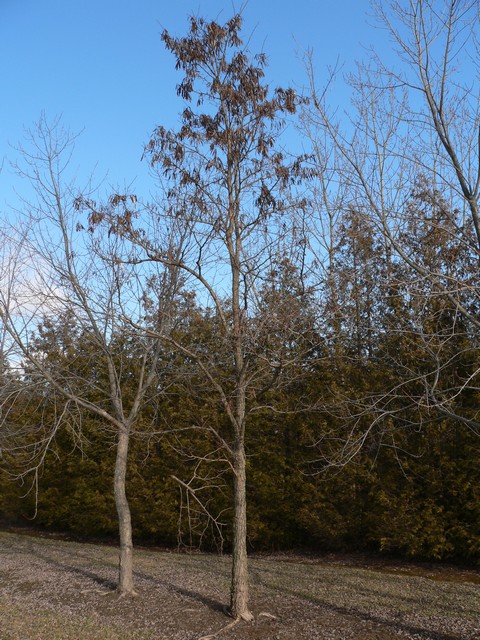
Clustered pods at the top of the tree are often quite obvious
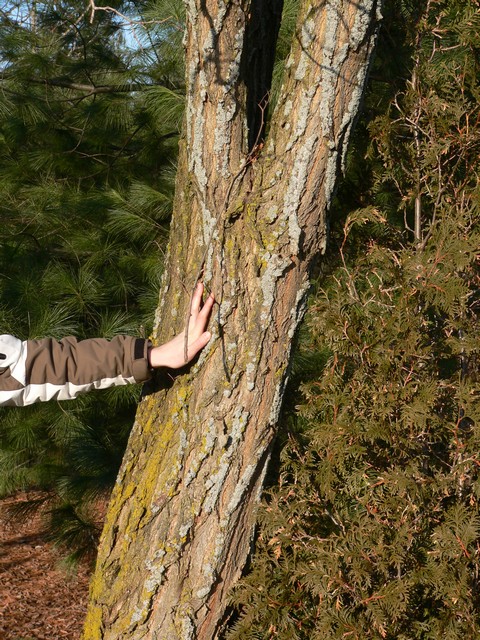
Mature bark
Back to the
main page
copyright
© 2007 Josh Sayers
please email me with any questions, comments, or errors